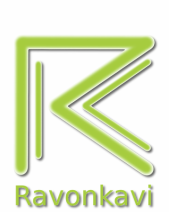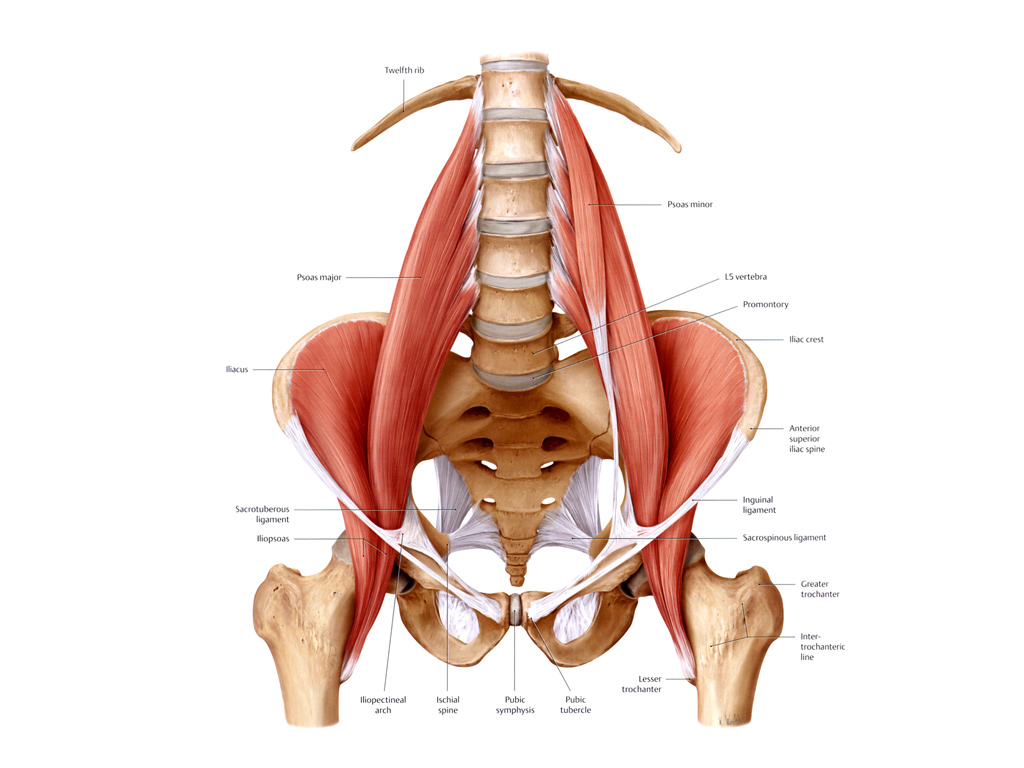|
Psoas muscle
The Psoas muscle (pronounced so-as) is the deepest muscle of the human body affecting our structural balance, muscular integrity, flexibility, strength, range of motion, joint mobility, and organ functioning. Growing out of both sides of the spine, the psoas spans laterally from the 12th thoracic vertebrae (T12) to each of the 5 lumbar vertebrae. From there it flows down through the abdominal core, the pelvis, to attach to the top of the femur (thigh) bone. The Psoas is the only ‘muscle’ to connect the spine to the legs. It is responsible for holding us upright, and allows us to lift our legs in order to walk. A healthily functioning psoas stabilizes the spine and provides support through the trunk, forming a shelf for the vital organs of the abdominal core. The psoas is connected to the diaphragm through connective tissue or fascia which affects both our breath and fear reflex. This is because the psoas is directly linked to the reptilian brain, the most ancient interior part of the brain stem and spinal cord. Long before the spoken word or the organizing capacity of the cortex developed, the reptilian brain, known for its survival instincts, maintained our essential core functioning. Our fast paced modern lifestyle (which runs on the adrenaline of our sympathetic nervous system) chronically triggers and tightens the psoas – making it literally ready to run or fight. The psoas helps you to spring into action – or curl you up into a protective ball. Source: https://bodydivineyoga.wordpress.com/2011/03/23/the-psoas-muscle-of-the-soul/
Homayoun shahri
5/18/2015 06:19:53 am
Psoas muscle tends to become chronically contracted in traumatized people. Thus, we also need to address the chronic contraction of this very important muscle in treating traumatized individuals. Comments are closed.
|
AuthorHomayoun Shahri Archives
May 2016
Categories
All
|
Ravonkavi Privacy Policy
©2018 Ravonkavi
©2018 Ravonkavi


 RSS Feed
RSS Feed